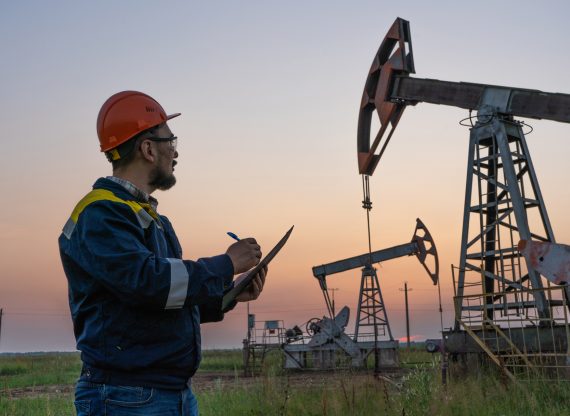The oil and gas industry is helping rein in Alberta’s deficit. Can it also help lower GHGs?

Alberta’s expected deficit will be less than half what was projected in February, largely thanks to the rebound of the oil and gas industry. Expanded oilsands production, improved oil prices, and increased oil and gas investment have resulted in higher than anticipated resource revenues. In fact, the province’s revised royalty estimates are now triple the original sums.
While the oil and gas industry steps in and once again saves Alberta, the forecasted resource revenue is being called too high to be sustainable. In addition, the serendipitous rebound occurs as we emerge from Canada’s “infernal summer,” with many calling for decisive action on climate change.
Given the federal government’s pledge to achieve net-zero emissions by 2050, we must consider how and where the oil and gas industry fits into that. While some are more than happy to see the entire sector go up in flames, others have a more nuanced vision of the future. With its technology, resources, and infrastructure, the industry is actually uniquely situated to not only play its part in a low-emission future, but to lead.
While the Canadian oil and gas sector contributes only about 0.3% of overall global GHG emissions, and work is well underway to develop more renewable energy sources for consumption, there are other high-emitting industries like steel and cement that lack viable options for reducing emissions. Therefore, without some form of carbon capture, utilization, and storage (CCUS), net-zero seems unrealistic.
CCUS involves capturing carbon dioxide and, if not used on site, often transporting it (by pipeline) to be used elsewhere or injected into geological formations for permanent storage so it does not re-enter the atmosphere. The oil and gas industry, with its expertise, pipelines, and other infrastructure, is best positioned to lead in this area. In fact, the same formations we extract oil and gas out of can store CO2, deep in the ground.
In recent years, some of the world’s largest and most advanced carbon capture projects have been developed in Alberta. With a promised federal investment tax credit for CCUS slotted to take effect in 2022, this is an opportune time to expand and grow CCUS potential.
In addition, the much-vilified Alberta oilsands are in close proximity to Canada’s Western Canadian Sedimentary Basin, offering a world-class opportunity for permanent carbon storage.
CCUS fits into the broader circular economy model for mitigating emissions. The four Rs of the circular carbon economy—reduce, reuse, recycle, and remove—were endorsed at the G20 Energy Ministers meeting in 2020 as being “a holistic, integrated, inclusive, and pragmatic approach to managing emissions.” As such, CCUS has a part to play in a resilient, sustainable system.
Reducing net GHG emissions to zero by 2050 is going to be a challenge. If we want to have a chance of hitting this ambitious target, we need to shift the narrative from blaming the oil and gas industry to embracing it as an integral part of the solution.
Krystle Wittevrongel est analyste en politiques publiques à l’IEDM. Elle signe ce texte à titre personnel.

